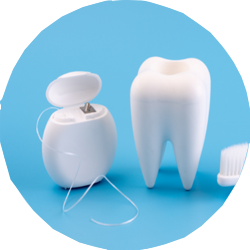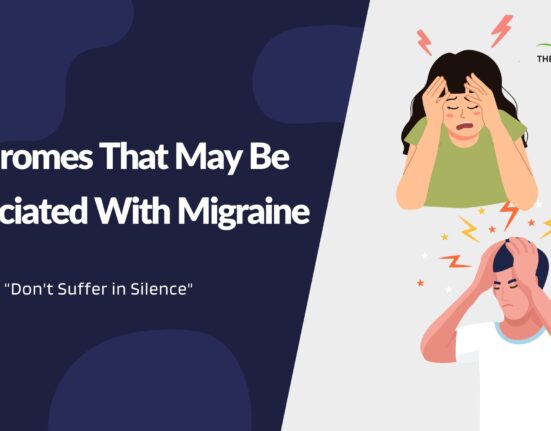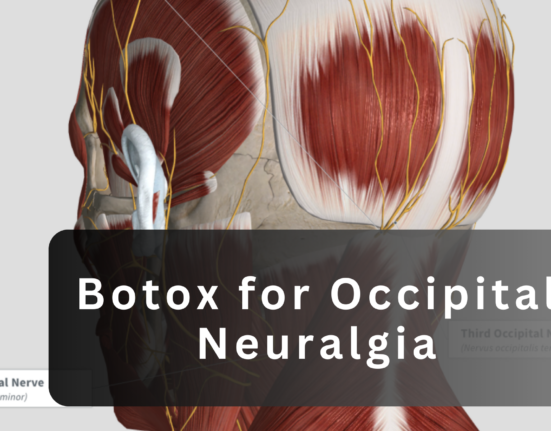If you can feel an unwanted growth at your rear side, at the end of the tailbone, chances are that it’s a pilonidal cyst. It starts in a hair follicle due to the inward growth of hair. It subsequently grows to include skin debris and turns into a tissue sac. While for many the pilonidal cyst may be harmless. However, if the cyst becomes infected or increases in size after affecting the adjoining hair follicles, the condition can get seriously painful, warranting the need for pilonidal surgery. Therefore, watching out for symptoms and being aware of the treatment process can help manage the condition well.
Understanding The Causes Of Pilonidal Cyst
The pilonidal cyst forms when the hair shaft gets trapped within the hair follicle. Friction around the area or pressure due to tight clothing and prolonged sitting can cause the hair to grow inwards into the skin. As the body treats the hair growth as a foreign element, it develops a cyst around the area. Poor hygiene and excessive sweating can cause the cyst to turn infectious.
Studies show that men are at a higher risk of developing a pilonidal cyst than women. This is because men are naturally more hairy. Also, obese people, especially those with sagging skin around the buttock area, are more prone to developing a pilonidal cyst. The incidence of pilonidal cysts is also affected by genetics.
Characteristic Symptoms Of Pilonidal Cyst
A pilonidal cyst typically resembles a large pimple formed at the bottom of the tailbone or the coccyx area. When infected, the area becomes swollen and tender to touch. Redness or pus-like yellowish discharge can be a common sight. The discharge is usually foul-smelling.
The pilonidal cyst can be painful and the pain worsens upon sitting. In severe cases of pilonidal cyst, one may experience nausea, and excessive fatigue, along with other symptoms of infection and fever.
How To Manage A Pilonidal Cyst?
The treatment for pilonidal cysts begins with proper diagnoses. The first line of treatment usually begins with managing the symptoms with home remedies. This includes hot and cold compress and sitz bath. If one experiences general pain and mild discomfort, over-the-counter painkillers offer substantial relief.
But if the symptoms fail to subside, or if you are unsure of the diagnosis, it’s a good idea to visit a doctor. A certified colorectal surgeon is the best person for the job.
Treatment For Pilonidal Cyst
The pilonidal cyst is diagnosed through a physical examination. The doctor will check the area between the crease of the buttocks for visible signs of a pilonidal cyst. Depending upon the size and severity of the cyst, the initial treatment plan is rolled out. This includes:
Incision And Drainage – Cutting open the cyst and draining the pus and skin debris typically works for most pilonidal cyst cases. The pilonidal cyst removal is generally carried out under local anesthesia. Mild to moderate cases of pilonidal cysts and first-time cases heal with proper after-care. Oral antibiotics are prescribed to eliminate any remaining infection. Depending upon the size of the incision, the doctor may choose to leave the wound open and cover it with bandages or close it with stitches.
Marsupialization – For recurring cases of pilonidal cyst, a colorectal surgeon may consider performing Marsupialization. It is a slightly more invasive procedure than an incision and aims at clearing out the cyst along with some surrounding skin tissue. The edges of the cut are then stitched together.
Cyst Removal Surgery – Pilonidal cysts have a high rate of recurrence. A complete recovery from a hard-to-treat cyst might require a surgical removal. Some cases may also require more than one pilonidal cyst removal surgery. This typically involves removing the entire cyst and surrounding tissue. The rhomboid flap technique is one of the most promising types of excision techniques. It involves filling up the wound cavity with a healthy flap of skin taken from the nearby area of the body. This reduces the chances of recurrence as it leaves no hollow space for the skin debris to accumulate again. Proper post-surgical care is crucial to ensure proper recovery.
Pilonidal Cyst Recovery
The recovery period after the pilonidal cyst surgery is a crucial time. Depending upon the severity of the condition and the type of treatment one undergoes, the healing duration can go up to six weeks. To ensure proper wound healing one must follow all the post-surgery self-care instructions issued by the surgeon.
Final Thoughts
If you are feeling a benign growth in your lower back, do not ignore it. Instead, seek an appointment with an expert colorectal surgeon for a thorough evaluation and proper diagnosis. One of the most experienced doctors in this field is Dr. Allen Kamrava MD MBA. A board-certified colorectal surgeon, he is reckoned for his apt diagnosis and prescribing a supporting treatment plan to get rid of even the most stubborn cases of pilonidal cysts. His easy-to-follow instruction guidelines and scheduled follow-up visits ensure that you bounce back to regular business with minimum downtime. Seek an appointment today to get set on the way to a quick and complete recovery from pilonidal cysts.








